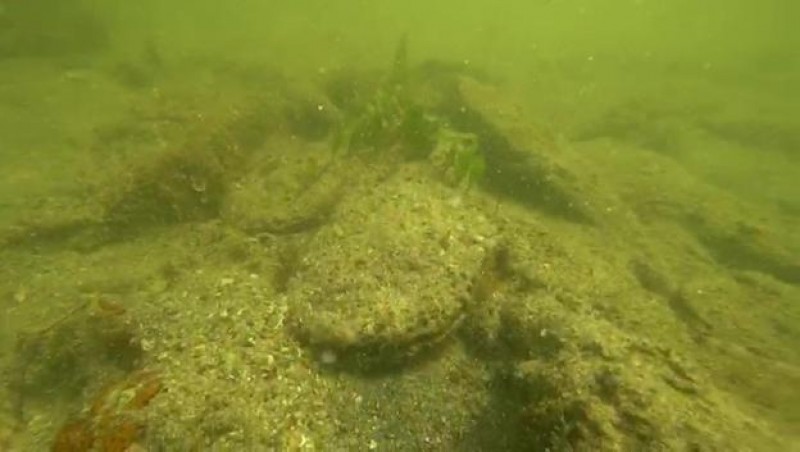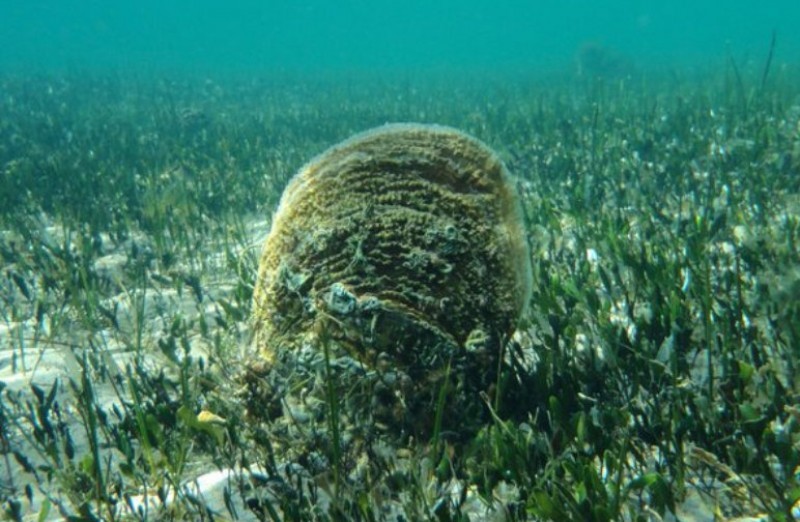Date Published: 24/02/2020
ARCHIVED - Vandals threaten the few remaining giant fan mussels in the Mar Menor
ARCHIVED ARTICLE 
Incomprehensible vandalism heightens calls for the molluscs to be taken into safe custody
As if the marine flora and fauna of the Mar Menor were not facing enough problems at present, with the rapid alteration in water quality parameters which has been accelerated by the heavy storms of the autumn and winter, it appears that one of the species most under threat is also having to contend with the unwanted attentions of vandals.
The species concerned is Pinna nobilis, known in English as the fan mussel or giant fan mussel. This mollusc is known to have existed in the Mediterranean for 5 million years, but in the last four years or so it has been practically wiped out by a parasite and the Mar Menor, with its high salinity, became one of the last refuges for the mussel as the parasite was unable to thrive in the unique conditions. Among the changes in the lagoon since September, though, has been an abrupt drop in salinity, and in consequence the Pinna nobilis is no longer safe even here and the regional government have implemented vigilance in the areas where it is known to be living.

This vigilance, though, appears not to be sufficient to guard against people taking premeditated (and utterly incomprehensible) steps to remove the molluscs, and it is reported by the government that over the last week numerous specimens have been damaged, knocked down and hidden underneath rocks. Efforts are being made to step up vigilance, but the calls from naturalists for the mussels to be removed and placed in safe care in captivity have inevitably grown louder as a result, following a similar spate of mindless vandalism in the autumn.
If the guilty parties are identified they could face possible fines of between 200,000 and 2 million euros, but in this case it is difficult to imagine how the individuals responsible can be traced.
The Pinna nobilis began to colonize the Mar Menor after the Estacio canal in La Manga was widened in the 1970s, and long prior to that the fascinating creature had been used by Man as a source of sea silk, which comes from the “byssus” by which the mussel attaches itself to the sea bed. When these filaments are treated with lemon juice they turn gold in colour and never fade, and the cloth produced is even finer than silk.
At the same time, though, it is very light and warm, and this made it a luxury material for ladies’ gloves and stockings: some even believe that the byssus was used to wrap mummies in Ancient Egypt!
Follow Murcia Today on Facebook to keep up to date with all the latest news, events and information in the Region of Murcia and the rest of Spain: https://www.facebook.com/MurciaToday/
article_detail

|





































